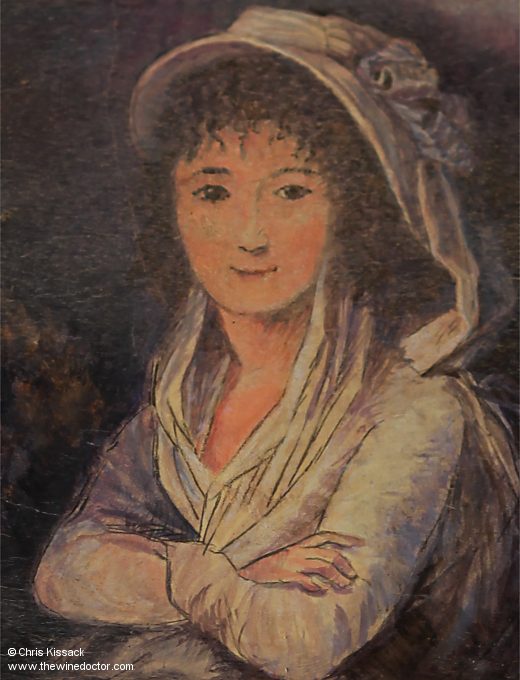Château d’Yquem: The Sauvage and Lur-Saluces Families
The more modern history of Château d’Yquem begins in the 16th century with the arrival of Jacques Sauvage, the son of a local noble family, who was given feudal tenure over the domaine in 1593. By this time local archives indicate that viticulture and winemaking were already in evidence around the estate. The tenure of the Sauvage family must have been successful, as before long the Medieval fortified château had been replaced with a new and perhaps more elegant construction. For this reason the Château d’Yquem we know today largely, despite its somewhat Medieval appearance, dates to the 16th and mainly 17th centuries.
I do not dispute that there is a fortified facade to the property; there are sections of crenellated wall, and over two main doors there are apparent machicolations (visible in the image on the preceding page), the overhanging fortification from which rocks or oil could be dropped on hopeful invaders. The wall is something of a folly though, built in a Medieval style, and is certainly of the 17th century. And closer inspection of the machicolations reveal that the gaps between the buttresses are filled in, and it was very common for this feature to be added to new buildings for many years after there was any need to repel invaders with boiling oil, merely as a decorative frisson. The Château d’Yquem we know today is 400 years old at most.

